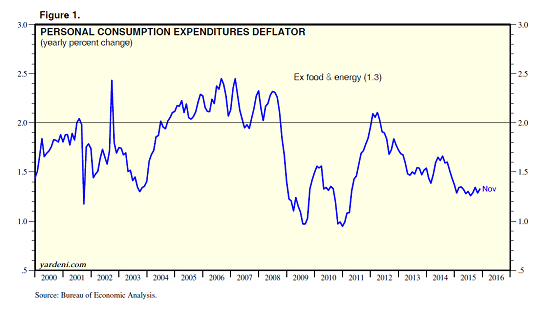3 things that could stop the market rout
It was a wild ride for U.S. markets on Wednesday after global equities -- as measured by the MSCI World Index -- dropped 20 percent from their early-2015 record high. After dropping more than 500 points, the Dow Jones industrials index ended the day with a powerful afternoon rebound that trimmed much of the losses.
That result has all the hallmarks of a classic "dead-cat" bounce rally that could last a week or two before the selling reemerges. With sentiment so bombed out, it won't take much to get the bulls stampeding. Here are three things that could get them going.
First a foremost, markets would get a lift on comments from the Federal Reserve -- preferably from Chair Janet Yellen -- that the December forecast of four quarter-point hikes in 2016 is no longer the most likely scenario given recent turmoil and the fact crude oil is trading below $27 a barrel.
Remember, back in September the Fed held off on raising interest rates because of the August sell-off in global markets. Specifically, policymakers were worried that recent "global economic and financial developments may restrain economic activity" as well as put "further downward pressure on inflation."
With the Russell 2000 small-cap index closing below the 1,000 level on Tuesday for the first time since 2013 and crude oil at 2003 levels, it's hard to see how such worries aren't in play again right now. In fact, market-derived inflation expectations have slid back to early 2015 lows, and the 10-year U.S. Treasury yield is testing below 2 percent again for the first time since October.
The market is now pricing in only a single rate hike this year in the wake of a weak inflation report on Wednesday. A reduction in the Fed's own rate hike forecast that more closely aligns with what the market expects would help alleviate concerns the institution is repeating the mistakes of 1937 -- prematurely tightening on a still fragile economy.
As the chart above shows, inflation remains well below the Fed's 2 percent target.
A second catalyst would be any form of relief on the crude oil front. While geopolitical tensions mean a production cut from the likes of Iran, Saudi Arabia and Russia is unlikely, Capital Economics believes a rebound in Chinese economic data should help the demand side of the equation. Also, on the supply side, they expect to see a drop in U.S. shale production soon as existing wells are exhausted and price hedges expire.
Third, fresh stimulus efforts by the other major central banks would give investors some needed encouragement. The European Central Bank, in its December meeting minutes released on Jan. 14, was already looking at expanding and extending its existing bond-buying program. The People's Bank of China is still likely to cut interest rates. And the Bank of Canada appears to be on the verge of cutting rates into negative territory
Plus, Bank of Japan Governor Haruhiko Kuroda has said further monetary easing would happen if economic risks threatened to push inflation lower. On Monday, the quarterly report on Japan's regional economies showed an ongoing lack of wage pressure.
Still, any relief is likely to be temporary because the Fed seems committed to pushing rates higher (it expects inflation to run at a 1.9 percent rate in 2017), corporate earnings remain under serious pressure and the fallout from years of malinvestment in the U.S. energy industry -- from housing troubles in oil states like Texas to rising junk-bond defaults and loan losses for energy-focused banks -- has yet to fully hit.
The wild rides are by no means over.

